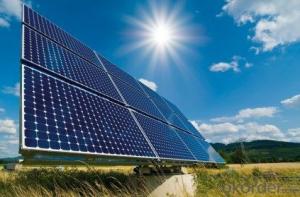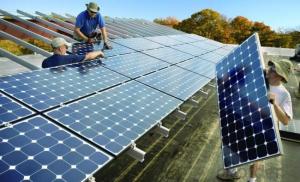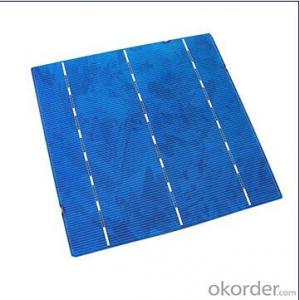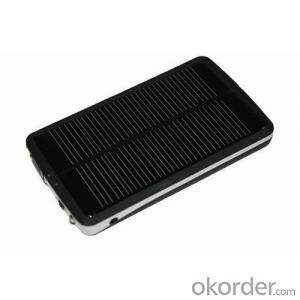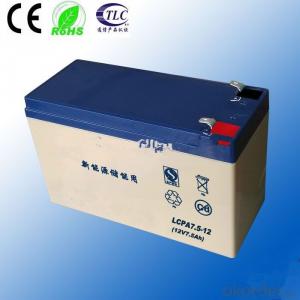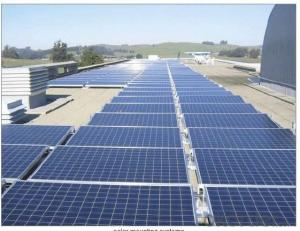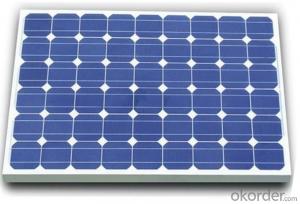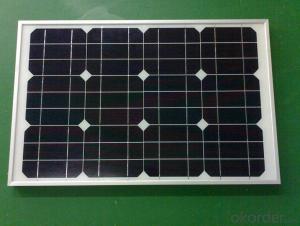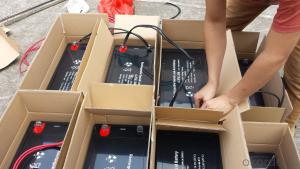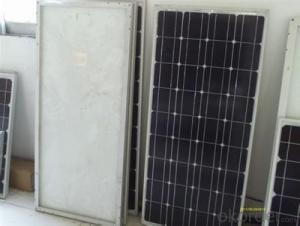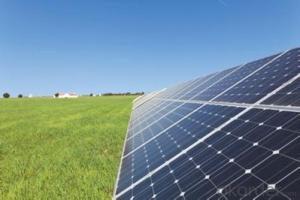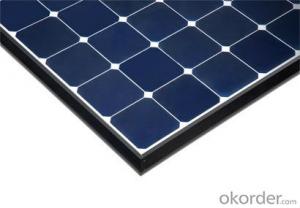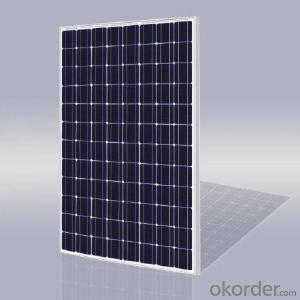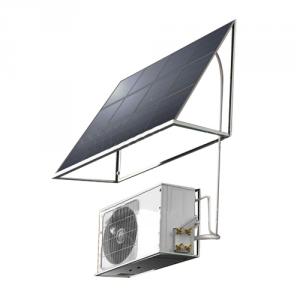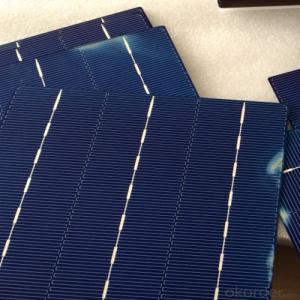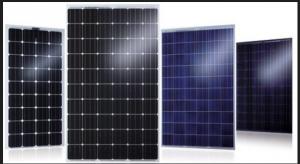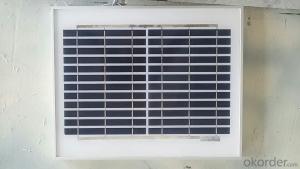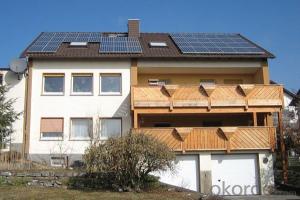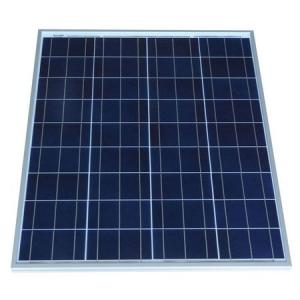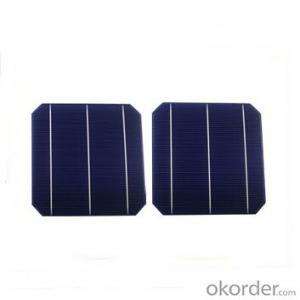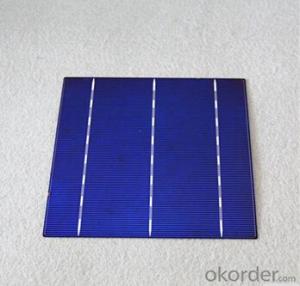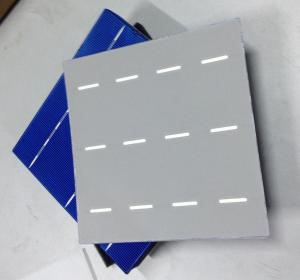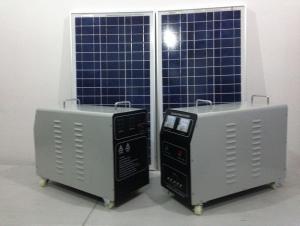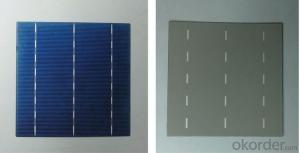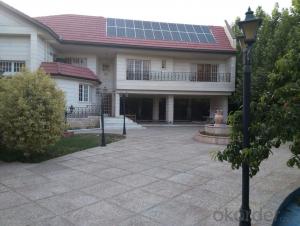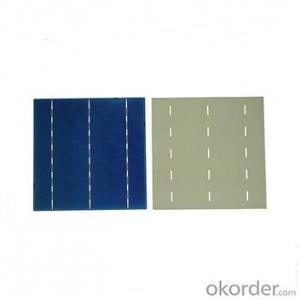Buy Solar Cells Online
Buy Solar Cells Online Related Searches
Buy Solar Cells Purchase Solar Cells Buy Solar Panel Cells Buy Organic Solar Cells Buy Solar Cells Wholesale Buy Solar Cells In Bulk Buy Cheap Solar Cells Buy Small Solar Cells Buy Solar Cells From China Best Place To Buy Solar Cells Buy Solar Inverter Online Buying Solar Cells Wholesale Best Solar Cells To Buy Solar Inverter Buy Online Buy Loose Solar Cells Buy Solar Energy Cheap Solar Cells For Sale Best Solar Cells Buy Flexible Solar Cells Buy Thin Film Solar Cells Buy Broken Solar Cells Cheap Solar Cells Printed Solar Cells For Sale Bulk Solar Cells For Sale Affordable Solar Cells Best Solar Cells On The Market High Quality Solar Cells Low Cost Solar Cells Free Solar Cells Solar Chips For SaleBuy Solar Cells Online Supplier & Manufacturer from China
Buy Solar Cells Online offers a wide range of high-quality solar panels and related products, catering to various needs in the renewable energy market. These products are designed to harness the power of the sun and convert it into usable electricity, making them ideal for residential, commercial, and industrial applications. Solar cells are becoming increasingly popular as a sustainable and eco-friendly energy source, reducing reliance on fossil fuels and lowering energy bills.The application and usage scenarios for solar cells are vast, ranging from powering homes and businesses to providing electricity in remote areas without access to the grid. They can also be used in conjunction with battery storage systems to ensure a consistent power supply, even during periods of low sunlight or at night. Solar cells are also utilized in various portable devices, such as solar chargers and outdoor lighting, making them a versatile and practical solution for energy needs.
Okorder.com is a leading wholesale supplier of solar cells and related products, boasting a large inventory to cater to the growing demand for renewable energy solutions. By offering Buy Solar Cells Online, customers can access a diverse selection of products at competitive prices, ensuring that they can find the perfect solar solution for their specific needs. With a commitment to quality and customer satisfaction, Okorder.com is the go-to platform for those looking to invest in sustainable energy solutions.
Hot Products


